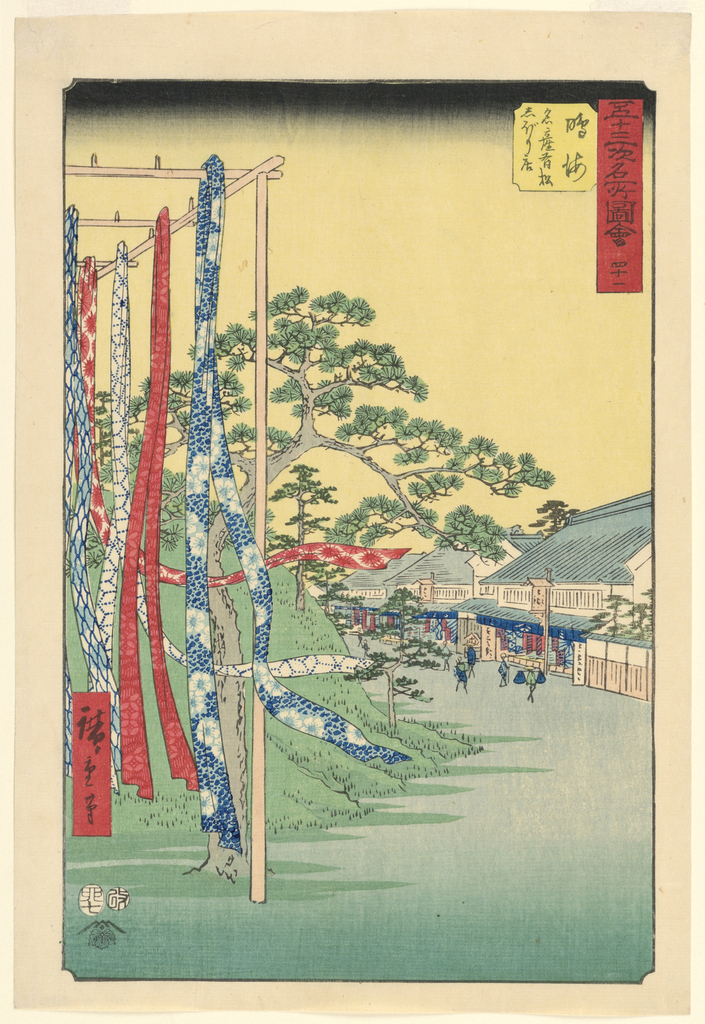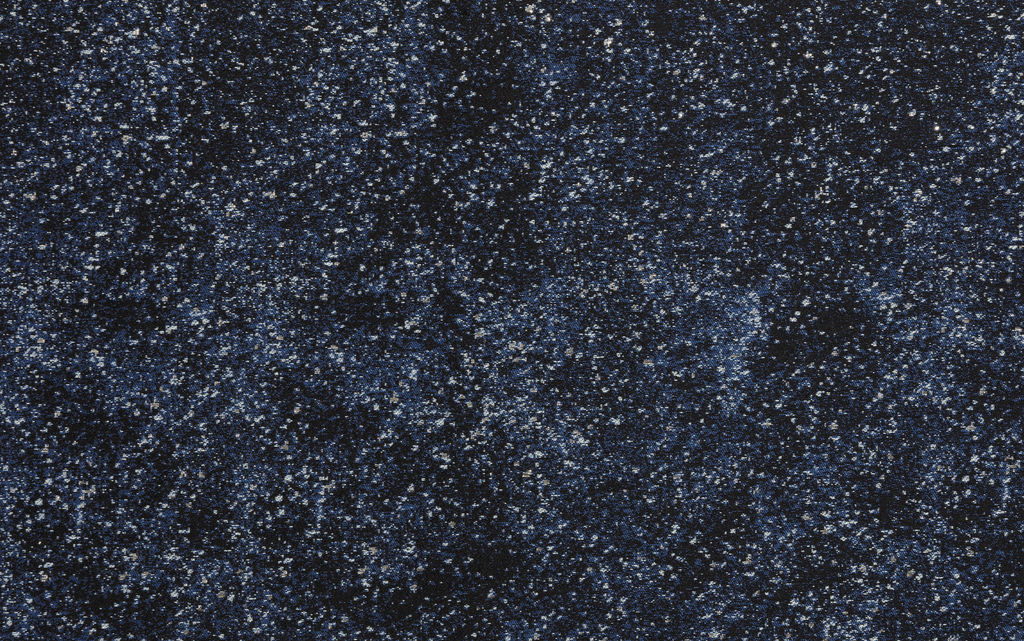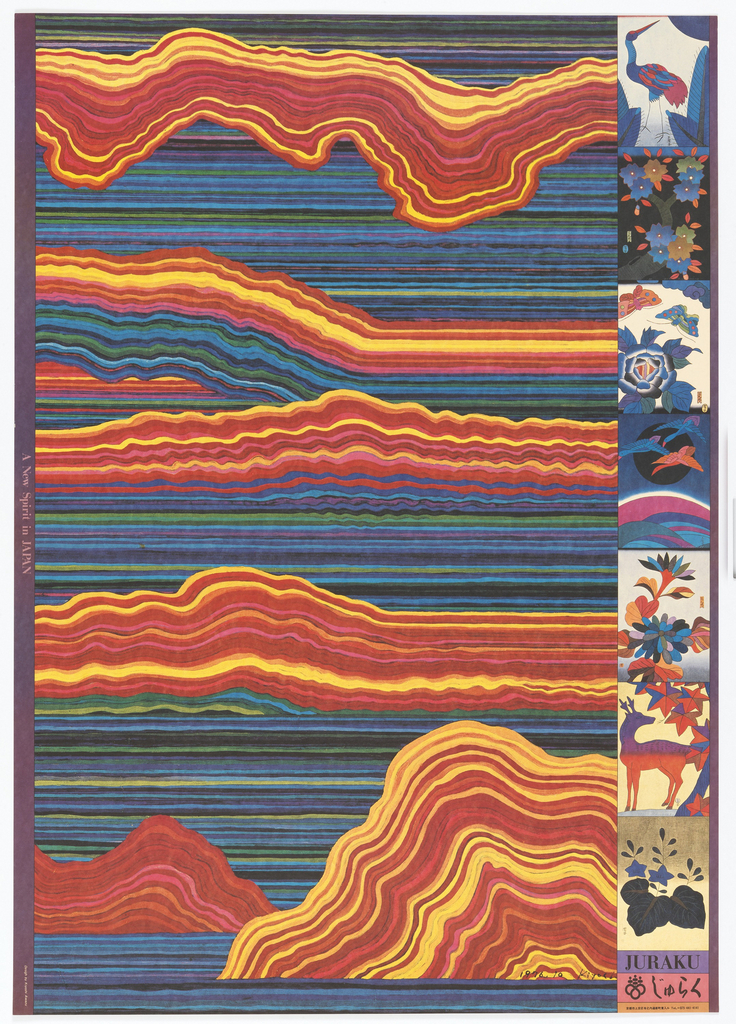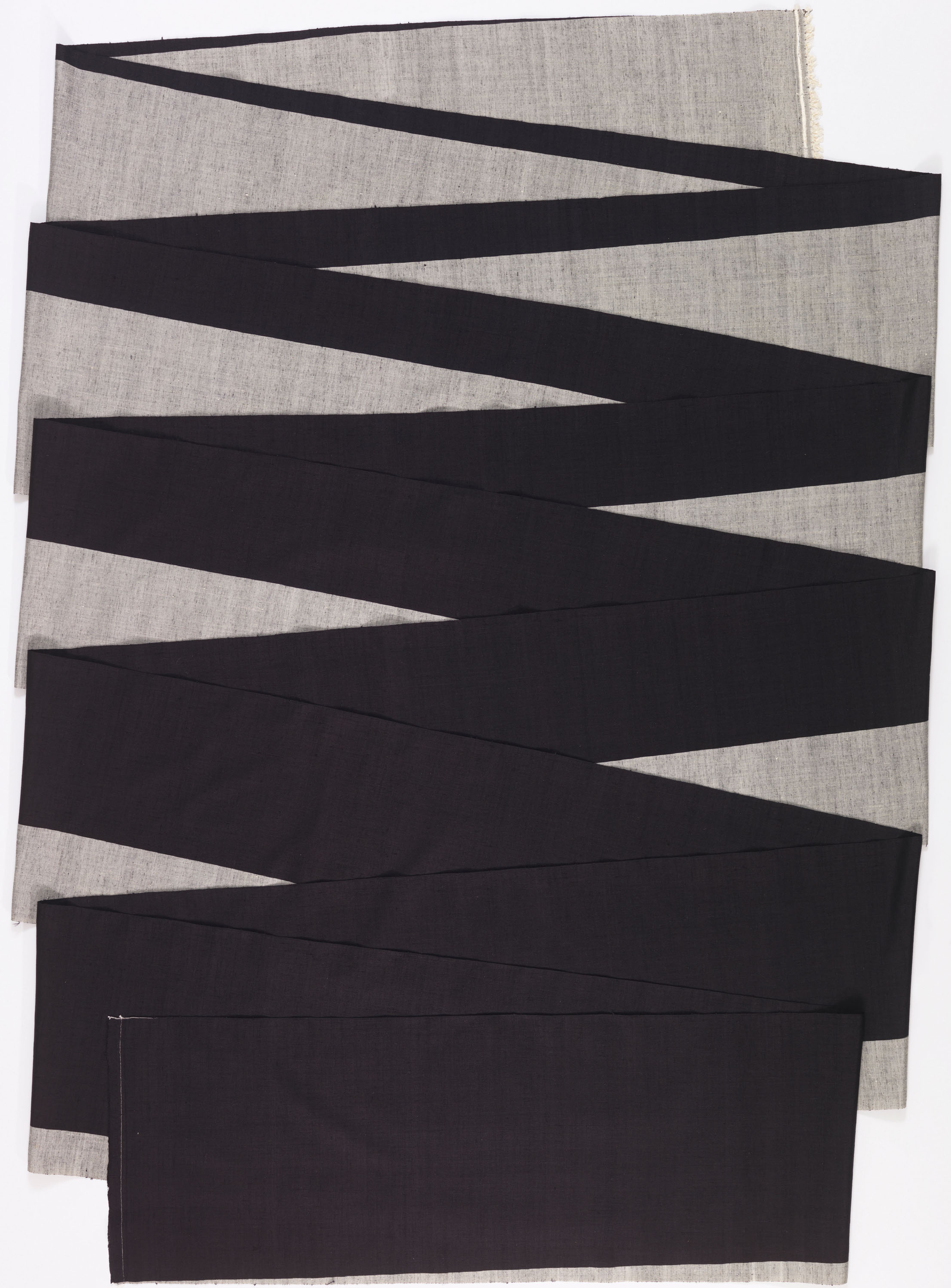Though for centuries woodblock printing had been a prevalent method of inexpensively and widely disseminating religious texts in Japan, it was not until the eighteenth century that this technique blossomed to bolster the creation of pictorial compositions, more complex and richly colored than the written documents previously published. These prints, known as ukiyo-e, are both...
Starry Indigo embodies two vital Japanese textile traditions which derive from the kimono: indigo dyeing which can achieve the darkest and lightest of blues through repeated dipping in the dye vat, and woven silk accentuated by luxurious metallic coated washi thread (silver in Starry Indigo). The appearance of starlets twinkling in a midnight blue sky...
When it comes to Japanese graphic design, a certain set of visual elements are conjured in one’s mind. Simplified forms; a minimal color palette, the generous use of negative space; an effective use of black; and unique lettering, are all characteristic elements that draw on the aesthetics of Zen culture, Japanese Buddhism, calligraphy, ukiyo-e woodblock...
This extraordinary kimono length transitions over its forty-five foot span from gray at one end to black at the other, creating a striking diagonal composition. The flawless line of the diagonal and the evenness of the gray color, the result of crossing white warps with black wefts, is a testament to the skill of the...



